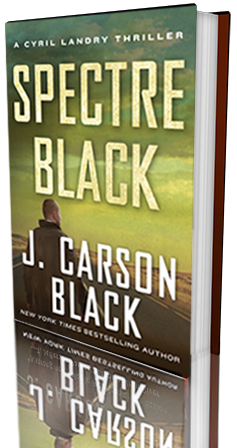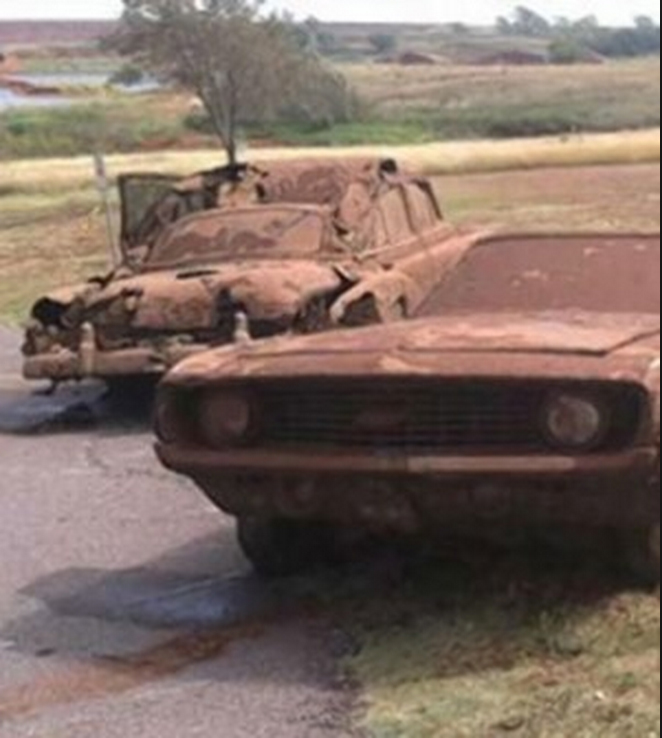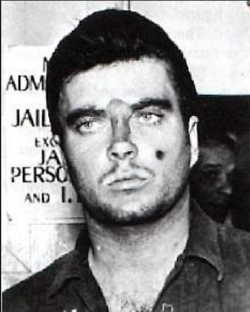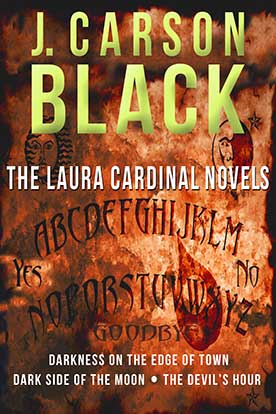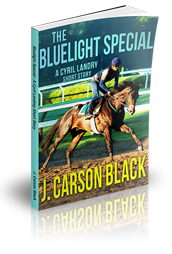
One of my dearest friends is a thriller writer I met back in 2003, when I ended up selling two books to the same publisher. (We met at a local Tucson bookstore.) Michael Prescott is a brilliant thriller and suspense writer.
Oddly enough, his protagonists are usually women.
Most authors write in the Third Person, so they can jump around in other people’s heads. I do it, and so does Michael Prescott. I have never worried about portraying a male character —it seems to come easily to me —and it’s believable to the reader.
There was something liberating about writing from a male point of view, just as writing from a female point of view was liberating for my friend.
I admit to being less buttoned-up when writing a male character.
Which led to Cyril Landry.
Cyril Landry was just a walk-on part. He was a killer and had been dispatched to a house in Aspen where he was supposed to kill a celebrity. If I hadn’t given him a name, he would have been Assassin #1.
But Cyril Landry had other ideas.
Outside the house of the target, he spoke to another operator who had just gone into the house-
He waited for Jackson to report in.
“Upstairs clear.”
“How many?”
“Two. The couple. They were laying in bed.”
“Lying,” Landry said.
“What??!!”
“Lying in bed. Not laying.”
A pause. Then, “Roger that.”
Cyril Landry didn’t want to be a walk-on part. He didn’t want to be Bad Guy #1 or Operative #2.
I understand him. I don’t like everything he did, but I like him. I liked him so much I put him in three books: THE SHOP, HARD RETURN, and SPECTRE BLACK.
There’s something freeing about writing the opposite sex. I’ve had many characters that I’ve loved, but Cyril Landry takes the cake.
I love him best of all.

For a limited time, all three books in the CYRIL LANDRY THRILLERS are on sale now!
Mystery, Thriller & Suspense Kindle Book Deals – You can find them here: https://goo.gl/7DUvbe
Categories: Books Cyril Landry Spectre Black The Writing Life Writing
